

Damion Smy
Ford Everest Tremor gets 260kW V6 ‘Ranger Raptor’ treatment
21 Minutes Ago
N-Line, M Sport, RS. New vehicles these days come in a variety of sporty trim levels. But what do all of these mean and what should you buy?

Contributor
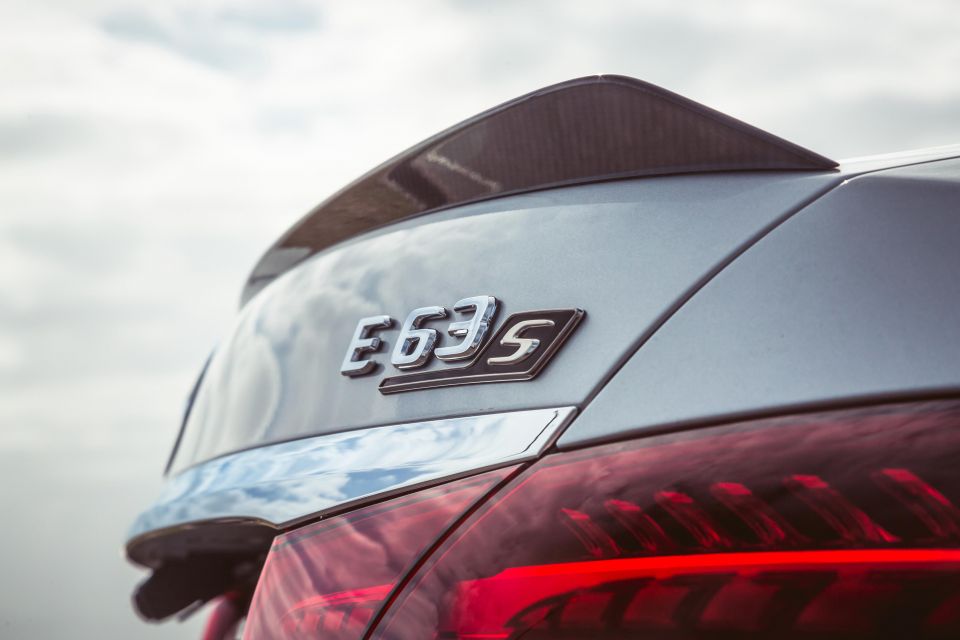

Contributor
Australians love performance cars, and carmakers have attempted to take full advantage of this by offering us a smorgasbord of options.
This includes everything from sportier appearance packages, that typically replace chrome trim and wheels with black alternatives and fake carbon fibre inside, to those offering mechanical and power upgrades.
Of course, there are also the famous full-strength performance versions for those who want some substance behind the style.
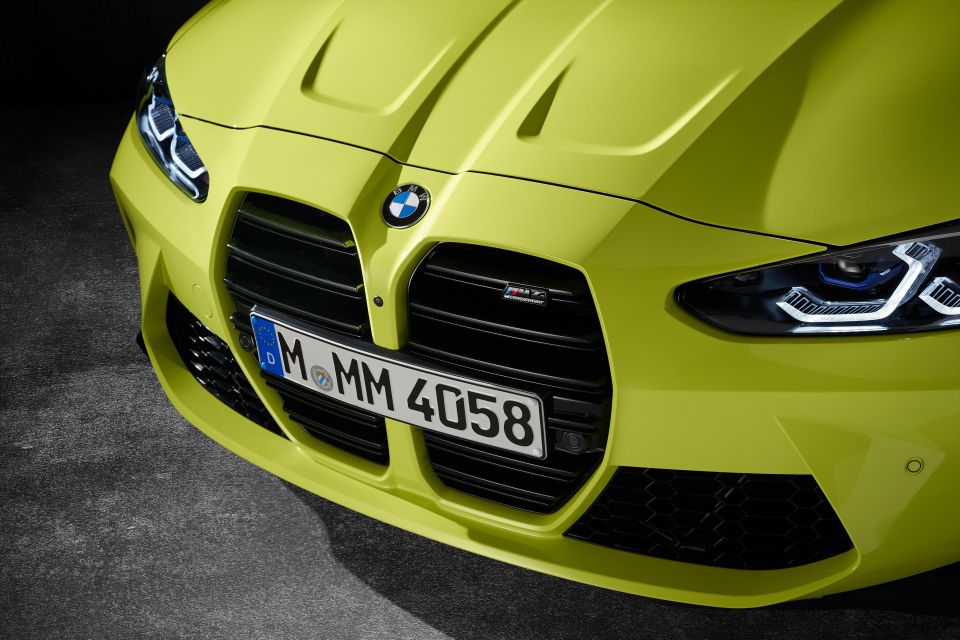
Today, almost every manufacturer has come up with a unique model designation or trim level, often based on motorsport heritage or some other aspect of the company’s history.
In general, these trim levels can be organised into three tiers. At the base level are the trim lines that only constitute an appearance package to make the car look sporty.
Next comes the ‘warm’ mid-level options, which might offer some extra performance alongside mechanical tweaks.
Finally, most brands will have an ultimate performance variant offering a substantially better driving experience at an equally significant extra cost.
Appearance packages are for people who want a sporty look without needing any extra performance. These are a popular choice with many buyers and an easy way to increase your car’s kerbside appeal without too much extra outlay.
Usually, specifying an appearance package will replace the car’s standard wheels with larger options, often in a dark finish. Other exterior parts that finished in black or replaced with fake carbon fibre components include the side skirts and mirror caps, as well as the typically chrome or body-coloured door trim and front grille.
Often, these packs include a more aggressive bumpers, with the rear potentially incorporating a fake diffuser.
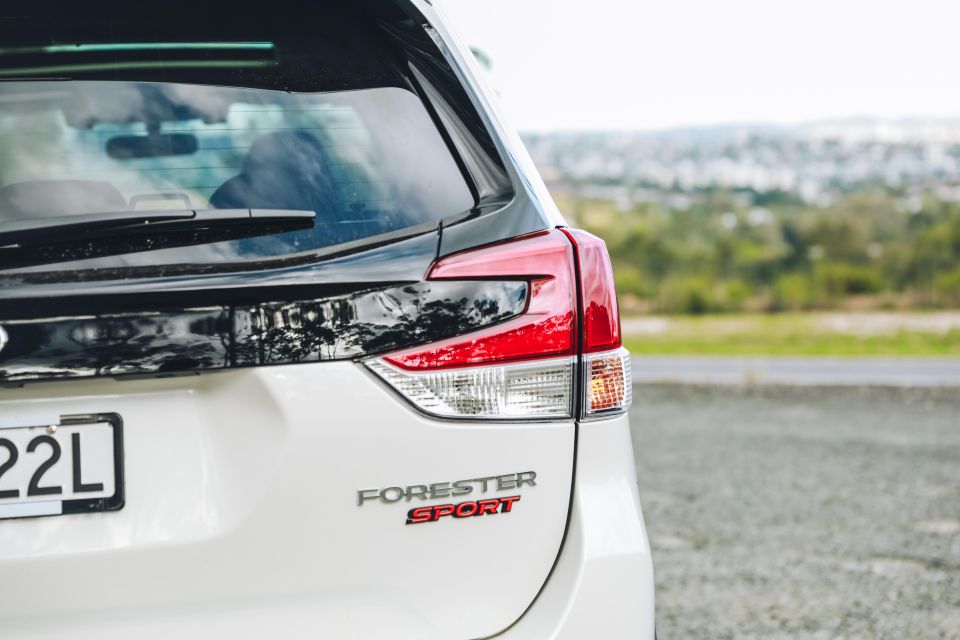
Inside, these appearance packages tend take a similar approach. Alongside black, red commonly denotes sportiness, and many of these packs incorporate red accented seats alongside other materials such as fake carbon or aluminium trim.
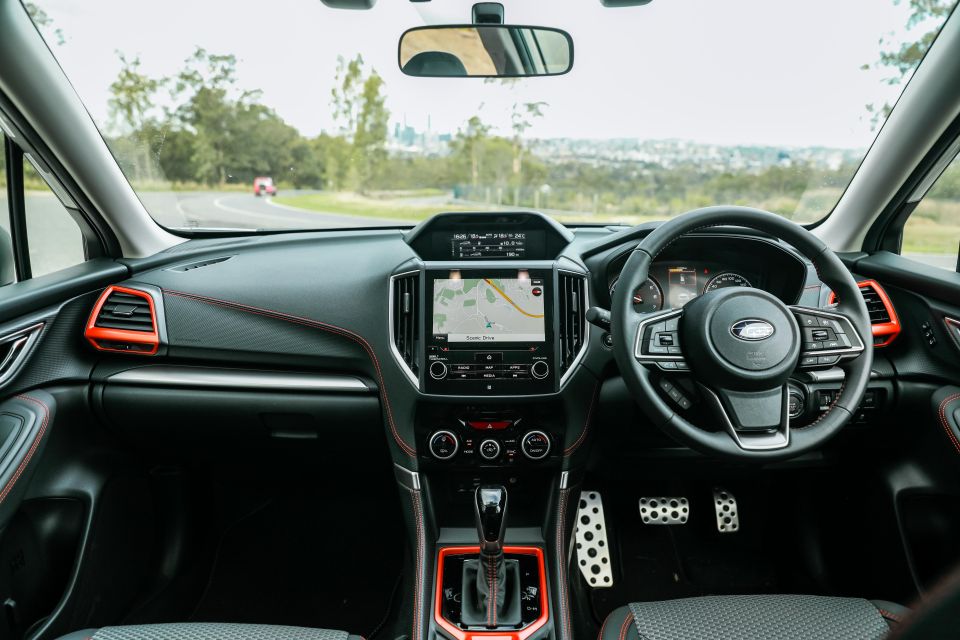
Any mechanical tweaks are generally restricted to lowering the car’s suspension, typically by 5 to 10mm, to provide a more aggressive look and slightly improve the handling through a lower centre of gravity.
Common examples of these appearance packages include the Volkswagen R-Line, Peugeot GT-Line, BMW M Sport, Audi S-Line and Mercedes-AMG Line models.
Skoda also has Monte Carlo, which is an obvious nod to the famous rally.
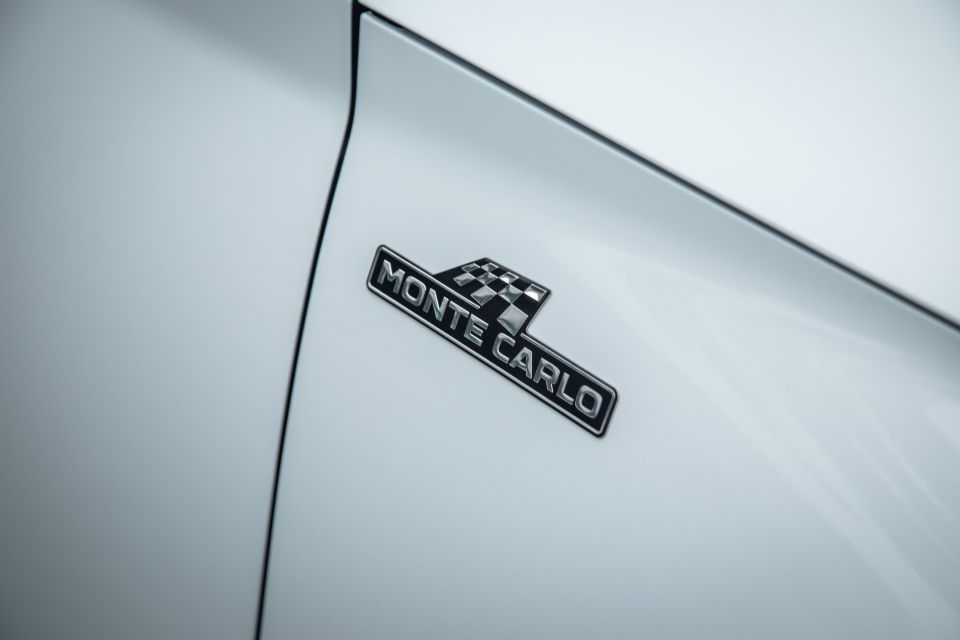
Outside Europe, other popular brands offering appearance packages include Ford with its ST-Line trim variants and Lexus with its F-Sport models.
Having launched the GR Sport line on the C-HR crossover overseas, it is possible Toyota Australia will soon offer GR Sport variants of existing nameplates, such as the Corolla.
Carmakers have recently begun offering a halfway house that backs up a sporty look with an extra dose of performance, at a price point that remains reasonably affordable.
These typically use similar engines to lesser variants in a higher state of tune, combined with mechanical upgrades including stiffer suspension, beefier brakes, and sometimes a limited-slip differential.
Styling-wise, these options may look similar or slightly more aggressive than what’s available with an appearance-only package.
Some examples of warm options include Hyundai’s N Line models, such as the i30 N Line and Kona N Line. Both feature increased power and upgraded mechanicals over base variants while leaving breathing room for range-topping i30 N and Kona N models.
Interestingly, the N in this case refers to Hyundai’s Namyang test track and development centre in South Korea.
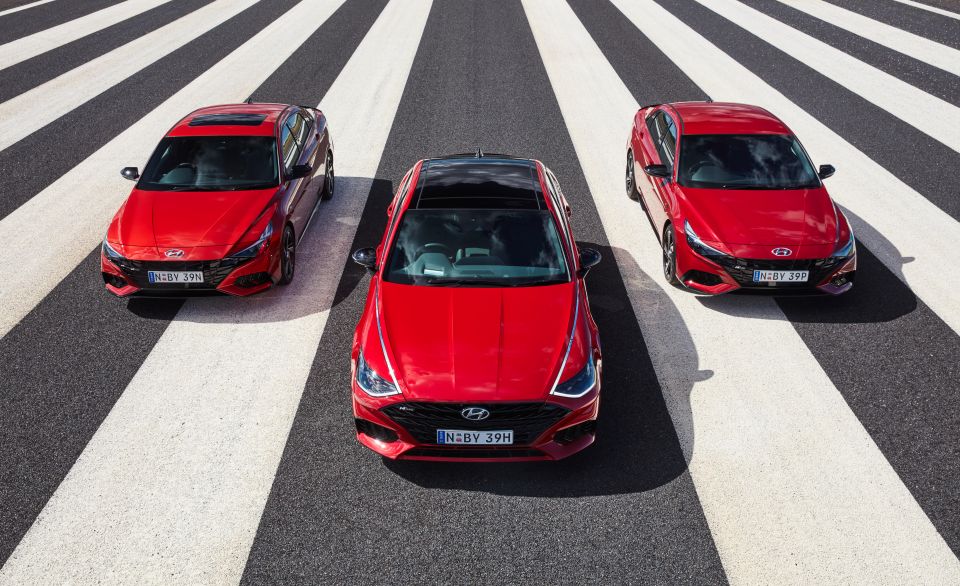
Warm options from other popular brands include Audi S models, such as the S4, BMW M Performance cars, like the M340i, and the Mercedes-AMG 35, 43 and 53 variants such, one of which is the E53.
Of course, the term ‘warm’ is relative here. There’s nothing slow about a BMW M340i, but it’s designed to be more liveable than an M3 while still packing more of a punch than a 330i.
The highest performance, and correspondingly most expensive, variants in a carmaker’s lineup, these models often have substantially upgraded mechanicals under the skin.
Some models in particular share little more than a badge with their garden-variety siblings, with the Toyota GR Yaris being a prime example.

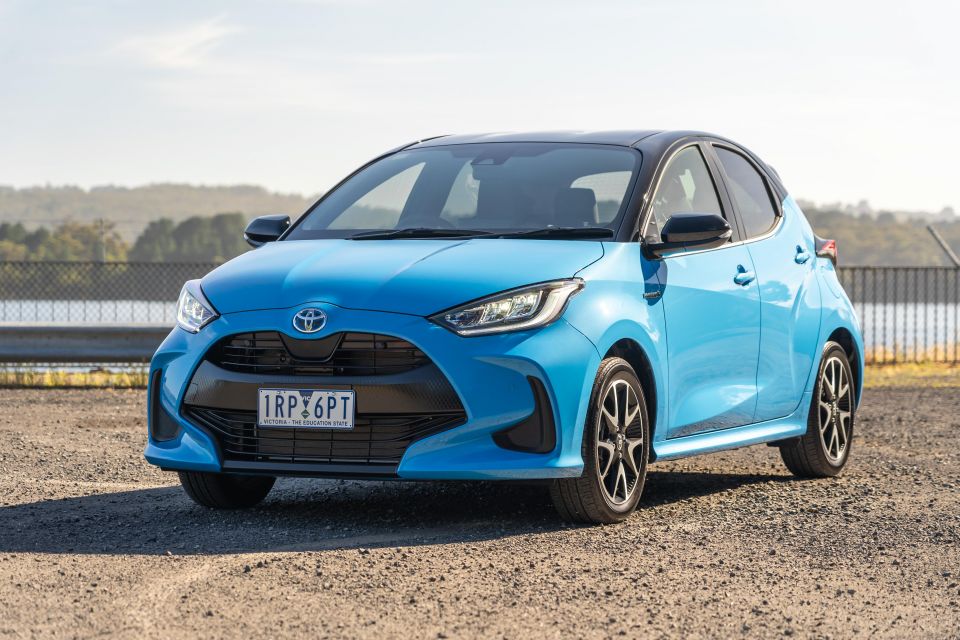
Differences under the skin can therefore include a completely different engine and substantially revised suspension, larger wheels and tyres, and more aggressive exterior treatments to match.
Every manufacturer has its own take on this recipe, but the model of transforming everyday cars into machines offering big performance is well established.
Hyundai has its N brand, Renault has the RS line-up, Volkswagen has R, and Lexus has the F range.
Prominent examples include BMW M, Mercedes-AMG, Audi RS, Hyundai N, Renault RS, Volkswagen R, and Lexus F.
There’s no easy answer to this question. Clichéd it may be, but the best option will depend on how you intend to use your car.
Taking it out on track days? The best option might be the highest performance version, given these often feature heavy duty components designed to withstand sustained, maximum-attack laps.
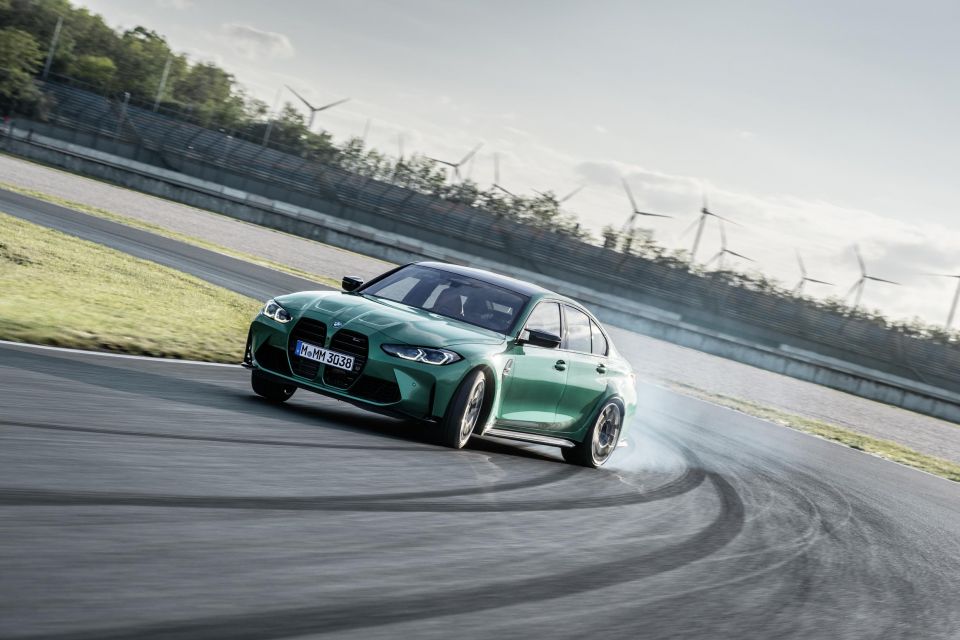
For those looking to carve corners on their favourite driving roads there’s nothing wrong with going for the warm option, which tend to feature chassis upgrades that are more than capable of delivering thrills through bends.
In many cases, cars are used for A to B transport, and an appearance package that provides the all-important kerbside appeal is plenty enough.


Damion Smy
21 Minutes Ago


CarExpert.com.au
2 Hours Ago


Ben Zachariah
3 Hours Ago


Max Davies
4 Hours Ago


Derek Fung
4 Hours Ago


Derek Fung
5 Hours Ago